-
Posts
3,503 -
Joined
-
Last visited
-
Days Won
26
Content Type
Profiles
Forums
Blogs
Gallery
Events
Store
Posts posted by bigjarofwasps
-
-
Hi all,
Just wondered what examples of some of these might run? I know it probably can vary by dates and definitely by condition but just a rough idea if possible.
Thanks,

Dan

Good question Dan, I`ve seen Lima half crowns for between ?15 & ?40. Couldn`t say for full crowns, as I`ve never seen any for sale. The Vigo type again, I`ve only ever seen a half crown and that was for nearly ?300 if I recall correctly! Hope this helps.
Gordon.
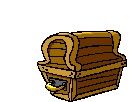
 0
0 -

Many thanks for sharing this one with us Carol!!!!!!!!!!


 0
0 -
-
"Moscow gold", ''el oro de Mosc?" in Spanish, was a term applied to Spanish gold reserves transferred to the Soviet Union and to Soviet-controlled banks by the Spanish Republican government in 1937 to purchase arms and military equipment during the Spanish Civil War. At the time, Spain had held the world's fourth largest gold reserves, worth more than US$750 million. More than US$500 million worth of these reserves were transferred to the Soviet Union, the only nation to supply significant quantities of arms and equipment to the Spanish Republic during the war. The director of the Bank of Spain stated his opposition in the secret meeting that approved it. When the Nationalists learned of this, Francoist press stated that this gold was a property of all the Spanish people, not the Spanish government.
Spanish historians have contended in years since that much of the Soviet hardware sold to the Republic was of marginal quality and was sold at deliberately inflated prices and that the Republican government of Juan Negr?n L?pez failed to respond to and may have been complicit in this malfeasance, contributing to the Republican defeat in the Civil War. The issue of "Moscow gold" was raised as a critique of the reemergence of the PSOE party during the Spanish transition to democracy.
0 -
Hi Bear,
 Wonderful!!!!!!! Many thanks for sharing them with us
Wonderful!!!!!!! Many thanks for sharing them with us  !!!!!!
!!!!!!Gordon.

 0
0 -
Vigo Bay silver Crown
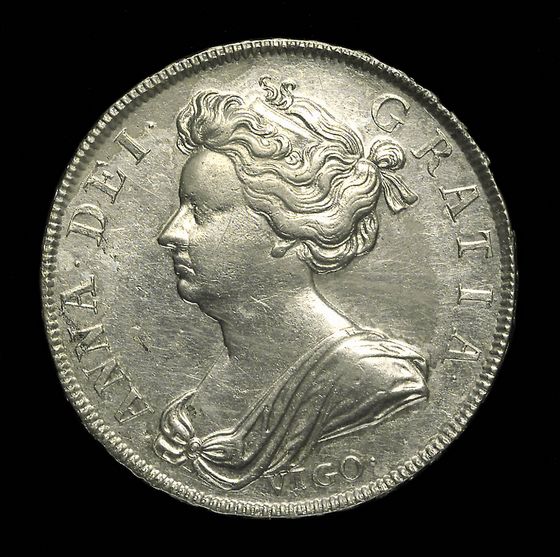
 0
0 -
The British minted silver crowns from captured Spanish silver, as they had done after the battle of Vigo Bay, the English triumphantly celebrated their capture of the Spanish treasure ships in the War of Austrian Succession by turning some of the booty into their own currency. The British melted down the captured Spanish pesos, which the were from the mint in Lima, and reminted them into English coins, marked Lima to commemorate the victory.
(George II - 1728 to 1758 - Some coins of 1745 and 1746 have LIMA below the bust to indicate that they were made from silver captured by Admiral George Anson in June 1743.)
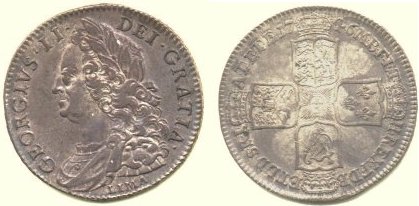


 0
0 -
-
Spanish and Spanish colonial gold coins were minted in denominations of 8, 4, 2, 1, and 1/2 escudos, the 1/2 escudos existing only in the later milled bust type coinage. Gold escudos coins were valued at 16 times that of the silver reales issues, thus one 8 escudos gold coin would be equivalent to sixteen 8 reales silver coins. Due to their high valuation, gold coins were seldom used except by the rich, and therefore were not exposed to heavy wear from frequent transactions. For this reason, and because gold does not corrode like silver, most gold escudos coins are superior in quality compared to the silver reales issues.
0 -
Spanish Colonial Mints
Listed by order in which they opened.
Mexico
(1536-1821)
Mintmark-M or M with small o above. The mint produced the following coin types: Pillar type cob - (1536-1572), shield type cob - (1572-1733), milled pillar - (1732-1771), and milled bust - (1771-1821).
Also produced an irregular shaped machine struck shield type coin (1733-1734)
Mexico never produced the pillars and waves coin design.
The first dated coin was struck in 1607.
Santo
Domingo
(1542-1564)
(1573-1578)
Mintmark-SP or monogram s overlapping the left side of a large D with a small o above. The mint produced the following coins types: Pillar type cob - (1542-1564) rare, shield type cob - (1573-1578) very rare.
Since the mint closed in 1578, none of the later coin types or dated coins were ever produced.
Lima
(1568-1572)
(1577-1588)
(1659-1660)
(1684-1824)
Mintmark-P, or P with star above, or L, or LM, or LIMA, or a slightly overlapped ME. Lima has the distinction of being the only mint to strike all five of the coin types. Pillar type cob - (1568-1571), shield type cob - (1572 and 1577-1588), pillars and waves type cob - (1659-1660 and 1684-1752), milled pillar - (1752-1772), and milled bust - (1772-1824).
The first dated coin was struck in 1659.
La Plata
(1573-1574)
Mintmark-P. The mint was in operation for a few short months and produced only shield type cobs, which are indistinguishable from those of early Potosi
No dated coins were produced.
Potosi
(1574-1825)
Mintmark-P or later a monogram PTSI which looks similar to a dollar sign ($). The mint opened after the pillar type cob period, thus it is the only coin type not to see production. Shield type cob - (1574-1652), pillars and waves type cob - (1652-1773), milled pillar - (1767-1770), and milled bust - (1773-1825).
The first dated coin was struck in 1617.
Panama
(1580-1582)
Mintmark-AP arranged vertically. The mint was in operation for only a couple of years and produced a limited number of undated shield type cobs - all very rare.
Cartagena
(1622-1655)
Mintmark-S, or RN arranged vertically, or NR arranged vertically, or C. The mint produced the following coin types: Shield type cob - (1622-1635) rare and pillars and waves cob - (1653-1655) also rare.
The first dated coin was struck at the mint opening in 1622.
The Cartegena mint is known more for its gold escudos coin production.
Bogot?
(1622-1820)
Mintmark-S, or NR both vertically or horizontally, or NR with a small o above each arranged both vertically or horizontally, or NR alone or with a single small o above, or N, or SF or FS both vertically or horizontally, or F. The mint produced the following coins types: Shield type cob - (1622-1651) rare, pillars and waves cob - (1651-1748) rare, milled pillar - (1759-1762) very rare, and milled bust - (1772-1820) also rare.
The first dated coin was struck at the mint opening in 1622.
The Bogot? mint is known more for its gold escudos coin production.
Cuzco
(1698)
(1824)
Mintmark-C or CUZ. The mint produced only one type of silver coinage, that being the dated milled bust type in 1824 which incorporated the mintmark CUZ.
Only gold 1 and 2 escudos were minted in 1698 using the pillars and waves design and the mintmark C.
Guatemala
(1733-1821)
Mintmark-G or NG. The mint opened in 1733 when the first machine struck coins were being introduced to the colonies. The mint produced a hand cut pillar type coin (1733-1753) very similar to the later milled pillar coin but irregular in shape like a conventional cob. Minted next was the milled pillar - (1754-1771) followed by the milled bust - (1773-1817).
Santiago
(1749-1817)
Mintmark-S with a small o above. The mint produced two types of coins, a very rare milled pillar - (1751-1770) and a more common milled bust - (1771-1821).
The Santiago mint is known more for its gold escudos coin production.
Popayan
(1758-1822)
Mintmark-P. The mint produced only one type of silver coinage, the rare milled bust - (1810-1822).
The Popayan mint is known more for its gold escudos coin production.
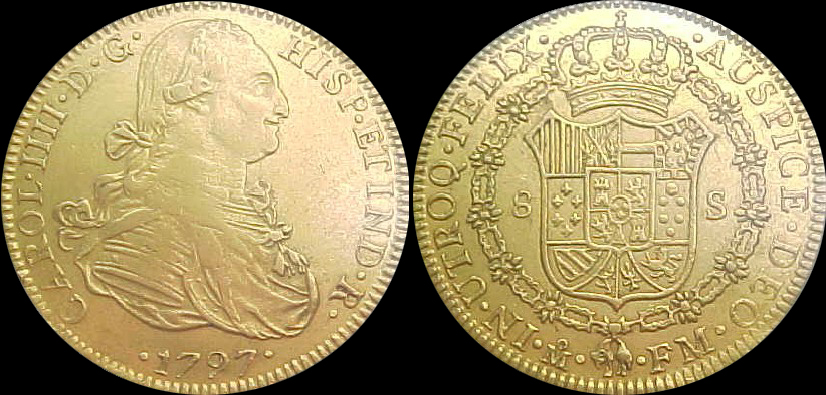
 0
0 -
I agree completely with Peters words. The medics in combat zones, whereever they are, are real heros in my opinon.
Here is an article and a picture of the brave Soldier in question:
http://www.manchestereveningnews.co.uk/new...ine_for_vc.html
The article states, that he is only the second in 40 years, who is awarded the VC not posthumous. Who was the first?
Ramahadur Limbu, won his VC in Borneo on the 21st November 1965. He`s a far as I`m aware still alive.
But going back to the recent awards, I`ve also heard rumours that there are 3 other possible VC`s in the pipe line for this recent operational tour of Afganistan!!!!! I have been unable to confirm this but will kepp looking, and update you on what I find.

 0
0 -
A box of Krugerrands valued at $170,000 disappeared on a flight from Johannesburg to London, possibly during a Nairobi stop, an airline spokesman said today. The coins were part of a 10-box consignment of Krugerrands, a South African coin minted for investors. The consignment was put aboard a British Airways flight in Johannesburg on Monday night, according to the official.
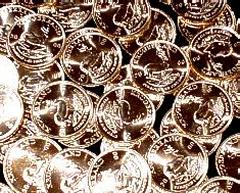

 0
0 -
Private Peter McKinley is being awarded the Victoria Cross for saving the lives of two GIs in Afganistan who were wounded in a Taliban attack. At the time he was working on the wounded GIs, the Taliban was firing at the trucks with machine guns, mortars, and RPGs.
Private McKinley is a paratrooper with the 3rd Batallion, Parachute Regiment.


 0
0 -
0
-
As a scuba diving fanatic in the warm blue seas of Malta ... (that was before I stupidly draged myself to the mountains of land locked Switzerland) .... I find this thread most interesting! I doubt that I can however contribute much to the topic of gold and medallions as most of the acceccible wrecks in the area are indeed WW2.
It still, makes some very very interesting reading.... The pics in post 4 set my heart racing. I will never forget my first wreck (a humble tug boat).... A distant dark shadow which, within three or four odd fin strokes revealed itself as the haunting shape of the wreck.....
I get gooseflesh remembering and still feel the same each time I approach a wreck. Close to 2 years without a dive.......
 ...depressing!
...depressing!Jim
Hi Jim
I`d love to have a bash at diving on a wreck, especially one that has or had gold on it, as you never know your luck do you ho,ho,ho. I`ve only ever had a beginners go at scuba diving, but loved it. I`d very much like to get in on the scene, but have no idea where to even begin, any tips?

Gordon.

 0
0 -
 Also of interest might be my threads on the RMS Douro & HMS Edinburgh.
Also of interest might be my threads on the RMS Douro & HMS Edinburgh. 

 0
0 -
The total number of UK troops killed in operations in Iraq has risen to 126 after a soldier in the Parachute Regiment was shot during an operation in Basra.
Sergeant Jonathan Hollingsworth, of the Parachute Regiment was shot during a "search and detention" operation in Basra. He was taken to a nearby military hospital, where he died from his injuries.
Sergeant Jonathan Hollingsworth, from the Parachute Regiment, was killed following a planned search and detention operation in Basra City, Iraq, on Friday 24 November 2006.
Sgt Hollingsworth sustained gunshot wounds during the operation and was evacuated to a nearby military hospital. Despite the best possible medical care, he later died from his injuries.
He was a member of the Parachute Regiment, on secondment to Headquarters Multinational Division South East, Iraq.
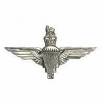


 0
0 -
Beautiful.........
Size Face Value (Oz. Fine Gold) Weight (g) Fineness 1.000 Gold Content (g) Gold Content (Troy Oz.)
Full 1 33.9305 . 917 3 1.104 1.0000
Half 1/2 16.9653 .917 15.552 0.5000
Quarter 1/4 8.4826 .917 7.776 0.2500
Tenth 1/10 3.3931 .917 3.110 0.1000

 0
0 -
1/10 Oz Krugerrand.......
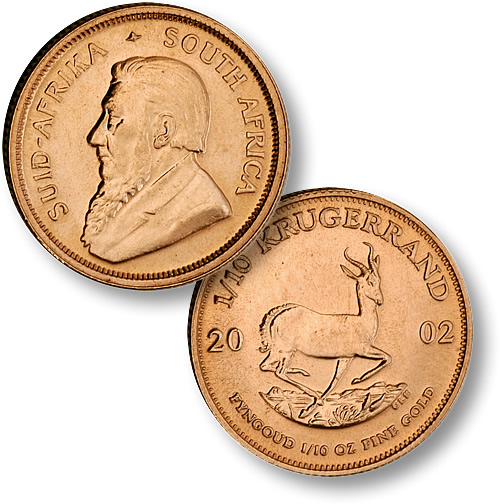
 0
0 -
The Quarter Oz.......
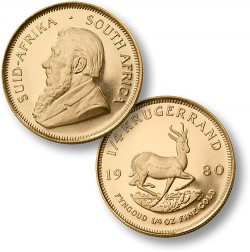
 0
0 -
The Half Oz Krugerand.......
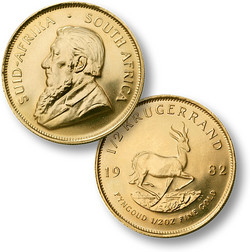
 0
0 -
Krugerrand Sizes...
Full Ounce.
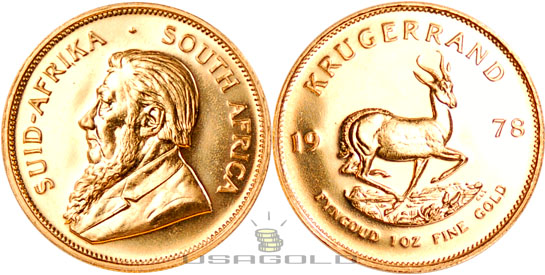
 0
0 -
Wreck of the Royal Charter
From Wikiscuba
Jump to: navigation, search
The Royal Charter is a very shallow and divable wreck near Moelfre on the east coast of Anglesey. She was an early steel hulled steam clipper which was destroyed in a storm in 1859 on its way back from Australia to Liverpool with the loss of over 450 lives. She was carrying a large quantity of gold as cargo, and there was more gold in the possession of the passengers who were returning miners, and some of it was recovered at the time. For many years, even in 2005, diving teams are still attempting to excavate and recover something from the site. No successes have been reported.
The wreck just off shore level with the memorial stone in a field two kilometres north of Moelfre. It lies in 4 to 6 metres of water, and can be dived from the shore after a long carry, or from a kayak.
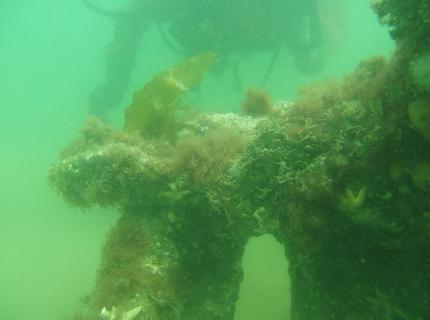
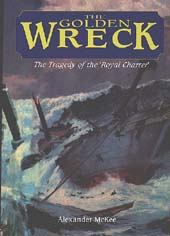

 0
0 -
"Royal Charter off Anglesey, one of his favourite wrecks, from which he recovered gold sovereigns and a 5oz gold nuggett."
0




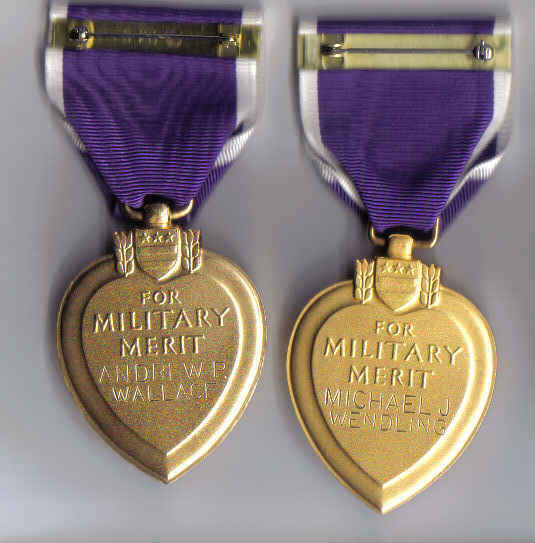

Op Telic Casualties & Fatalities
in Modern Campaigns and Conflicts
Posted
Friday, 29 December 2006
A British soldier has been killed by a roadside bomb in Basra, southern Iraq, according to the Ministry of Defence.
The soldier, from the 2nd Battalion, The Duke of Lancaster's Regiment, was killed while taking part in a routine patrol in Basra City.
The Warrior Armoured Fighting Vehicle which he was travelling in was targeted by a roadside bomb.
He was airlifted to the Field Hospital at Shaibah Logistics Base, but died later as a result of his injuries.
There were no other casualties.
According to the MoD his family, who have been informed of their relative's death, have asked for a period of grace before further details are released.
The total number of UK troops killed in operations in Iraq now stands at 127.
Sergeant Graham Hesketh, from the 2nd Battalion, The Duke of Lancaster's Regiment, was killed by a roadside bomb while taking part in a routine patrol in Basra City in southern Iraq.
The Warrior Armoured Fighting Vehicle which he was travelling in was targeted by a roadside bomb.
The 35-year-old, born in Liverpool and who grew up in Runcorn, Cheshire, had a fiancee who is a soldier also serving in Iraq.
He had a seven-year-old daughter and a three-year-old son.
http://www.mailonsunday.co.uk/pages/live/a...d=1770&ct=5